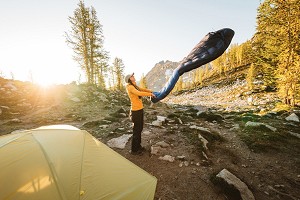
Lightwave are a company that have been quietly getting on with producing high quality, lightweight and durable backpacking equipment for over a decade. I've seen their tents and backpacks around for years, and actually own a climbing rucksack from Lightwave's sister company Crux, but I hadn't even realised they made sleeping bags until I was asked to review the Firelight 250.
"If you are a committed backpacker or summer alpinist trying to get your pack weight down as much you can, then the investment may well be worthwhile"
While Crux gear is aimed at serious vertical adventures, Lightwave - as the name suggests - is aimed more at those who want to cover big distances horizontally under their own steam, be that on foot, on bike or perhaps other modes of self-powered transport like kayaks. I think many British hikers and backpackers have over the last decade become increasingly aware of many of the ultralight hiking ideas that have come from the American thru-hiking tradition: using a tarp instead of a tent, quilts instead of sleeping bags etc. There are some good ideas there that help you think how to walk farther with a smaller load, but also some major drawbacks. After all, equipment designed for North America doesn't always work perfectly in UK conditions.
Lightwave strikes me as company that is trying to reduce hikers loads as much as possible, while producing gear designed to work in the type of conditions we get in the UK and elsewhere in NW Europe. Hence the Firelight 250 sleeping bag is a traditional mummy sleeping bag, as opposed to a quilt, top-bag or similar, yet it weighs only 500g (size Medium). With a comfort limit rating of +1C (using the now well-known EN13537 ratings), the Firelight 250 is not on its own in terms of warmth for low weight, but there are not too many other options out there that equal it.
To get to that sort of warmth to weight ratio, unfortunately a third variable goes up - the price. The RRP for the Firelight 250 is £449, a big wodge of money in anyone's book. There is no getting away from it, high quality sleeping bags (Lightwave's are all made in Poland) are expensive.
"You certainly get what you pay for here, and the Firelight 250 is a beautifully made bag using very high quality materials"
The very fine nylon shell material is pricey and there is complicated sewing involved in turning that into a ready-to-be-filled sleeping bag. The bag is box wall construction as opposed to stitched through; this is more expensive but produces a warmer bag for the weight. The shell is then filled with 100% pure, ethically-sourced Polish goose down - 900 fill power under the EU rating (970 in the US system). I think very light summer bags seem very expensive compared to very warm winter bags. Besides more down, there isn't really that much more that you need to add to a winter bag; the amount of labour involved will be very similar. Hence a bag that keeps you warm to 1 degree seems expensive compared to one that works to -15, so just keep in mind their similarities rather than the differences in warmth. Lightwave clearly aren't going for the DofE or Scout camp kind of market - but if you are a committed backpacker or summer alpinist trying to get your pack weight down as much you can, then the investment may well be worthwhile. If looked after well a down bag of the quality of the Firelight will do literally decades of service, and with that in mind the sticker shock might subside a little.
- The 250 is one of several bags in the Firelight range, which runs from 150 (lower limit 7C) to 750 (lower limit -14); there's something for most users here, and the 250 is probably one of the more versatile for general UK use outside the very coldest weather.
So how does it work in the great outdoors? In a word - great.
Weight and packability
One of the reasons I had been looking for an ultralight sleeping bag was for bikepacking trips - bikepacking is generally off-tarmac bike touring without racks and panniers. To have all your camping gear attached to the bike frame, saddle or handlebars, you need kit to be as light as possible. Back in the summer I decided to ride from my parent's house in the West Midlands back home to Sheffield, bivvying wherever I had got to when it got dark. The Firelight 250 fitted in a dry bag along with a lightweight Thermarest, a Tyvek groundsheet and my tarp. This surprisingly small package fitted easily between the drop handlebars of my cyclocross bike. The rest of the kit fitted in my seatpack, meaning I didn't even need my frame bag: the Firelight 250 is proper ultralight gear.
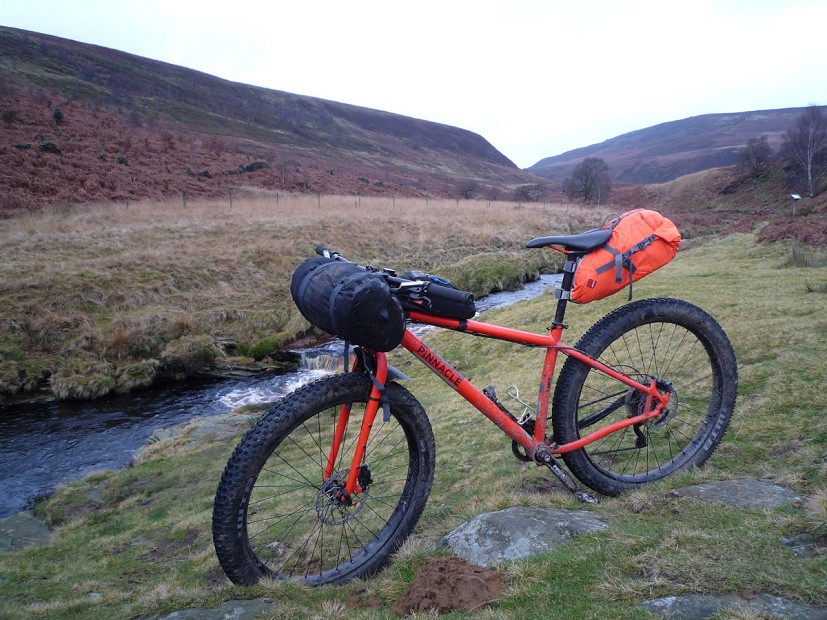
"The Firelight 250 is proper ultralight gear"
Warmth
I had ridden 165km and was somewhere along the Five Pits Trail in the former East Derbyshire coal fields before it got properly dark that night. The only rain of the day came down just as I was inspecting various coppices and hedgerows for a suitable low profile bivvy site. As the sky cleared and the stars shone, a slightly tired and now soggy me felt chilly. But after changing into some dry clothes and getting into the Firelight I was soon snug and warm and slept very well until the sun shining on my tarp woke me up. The bag subsequently got used camping around the Scottish highlands while on a climbing tour, along with overnight backpacking and bikepacking trips through the summer and early autumn. I doubt if on any of the those nights the temperature got much below double figures, perhaps 7 or 6 degrees at coldest, so I put off writing this review until the weather had really cooled down.
With the EN13537 temperature ratings you get three guide figures: a comfort rating where an average adult woman would sleep warmly; a lower limit where an average adult man would sleep warmly; and finally an extreme limit where you won't die of hypothermia but you won't be happy in the morning either. I think we can safely ignore the extreme limit but I have found that the lower limit is a very good guide for me. The Firelight 250 has the lower limit of 1 degree; and I've now slept comfortably a night when my thermometer registered 0.8 degrees and there was a light frost on grass and vegetation when I woke in the morning. In the bag I was wearing a dry baselayer, hat and woolly socks. I slept out without a tent or bivvy bag, although there was no wind or precipitation, but I think I would be happy down to freezing or just below if I was using the bag in my tent. I've also slept out on a slightly warmer but very windy night using a tarp that doesn't come down to the ground. It was windy enough that I had to stuff all spare clothes and the like into bags to stop them blowing out from under the tarp; nevertheless, once zipped up in the bag, I slept happily despite the wind and a temperature of around 5 degrees.
Fit and features
The Firelight has a full length zip, nice on warmer nights, with a baffle behind it that seems to work well on cold nights. Both due to the temperature range it is aimed at and in order to keep the weight to a minimum, the bag doesn't have a draught collar. The hood is well shaped and can be tightened around the face, but on the frosty night I think it was helpful that my baselayer had zip-up high collar too.
One side effect of the extreme lightness of the bag is that it lies very lightly on you. This feels great on warm summer nights but when it gets colder there is virtually no weight to hold the bag down around you. I also found the bag has a good roomy fit across the shoulders and chest area and together these two aspects mean the space around you inside the bag cools down. On the frosty morning I woke up aware of this; the very simple solution to this is that you actually pull the bag snug around you, eliminating the dead space; having done that I promptly went back to sleep until my alarm went off.
This bag is available in three sizes, which helps save some unnecessary weight if you're not that tall.
Cost, and cheaper alternatives
For the more impecunious back- and bike-packers, there are some much lower cost options, but they won't compete on warmth-for-weight with top quality goosedown bags like the Firelight. Rab and Mountain Equipment have bags that cost less although in each case they either weigh a bit more or aren't temperature rated as low as the Firelight. Before being asked to review the Firelight, I very nearly bought an Alpkit Pipedream 200. This weighs a bit more than the Firelight and has a lower limit of only 7.5 degrees, a reflection most likely of its stitch-through construction and lower quality 750 fill power goose and duck down mix. Nevertheless it looks a nice bag and costs only £125. Dropping down the price scale even more are cheap lightweight synthetic bags. You can't expect these to last that long and they generally aren't very warm but I've had for a few years a bag I bought from Tesco for about 15 quid which only weighs around 700g. Once the temperature gets into single figures you start getting cold, but for summer bikepacking I've found it OK for a night or two. Decathlon also sell some cheap and light but not very warm synthetic bags. On balance I'm glad I have the Firelight 250!
Summary
You certainly get what you pay for here, and in essence the Firelight 250 is a beautifully made bag using very high quality materials. As a result it will keep you warm to temperatures lower than most other bags of around that weight of half a kilo. It is not a winter bag for really frigid weather but will see you comfortably through a big chunk of the year in the UK. Unfortunately, this all comes at a significant price, but one that committed backpackers and other self-powered travellers might well be prepared to pay in order to get that high level of performance for such a light and compact sleeping bag.

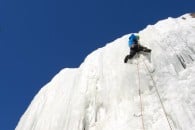

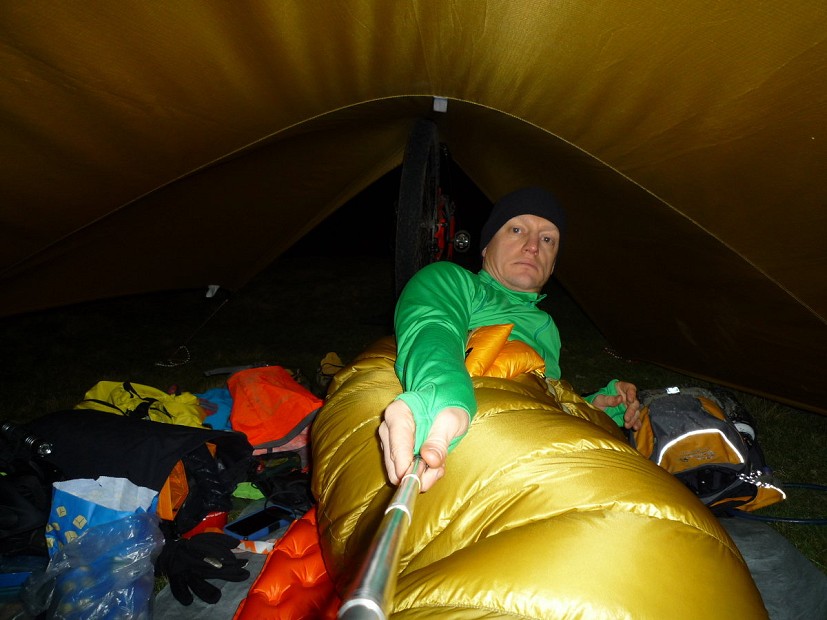
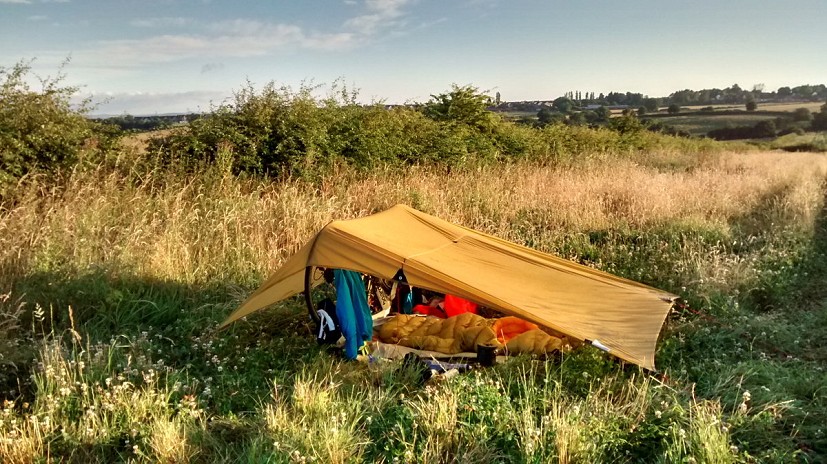
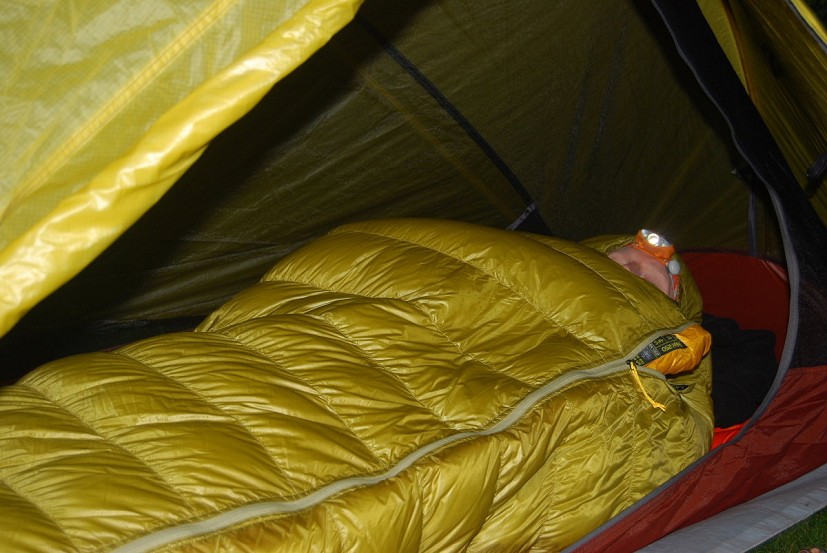

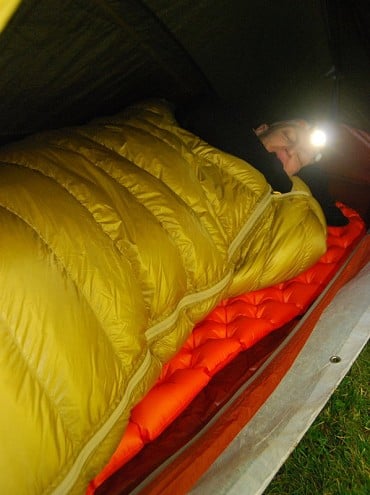
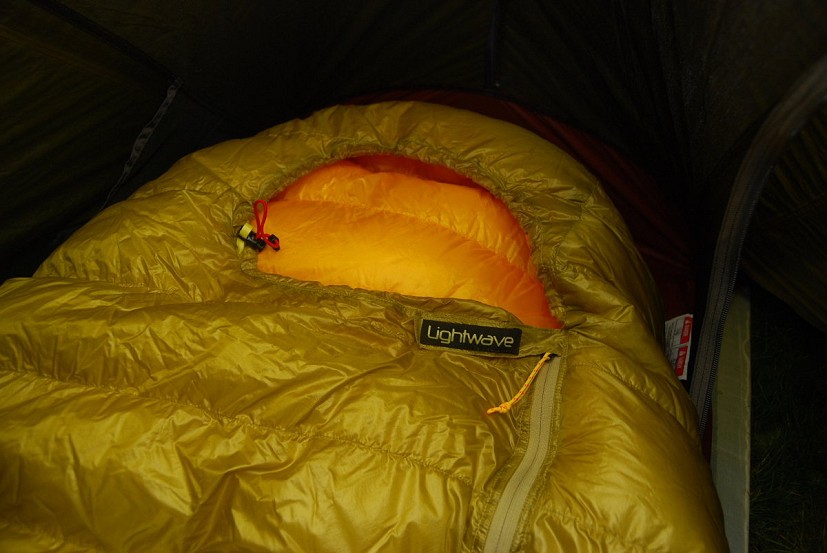
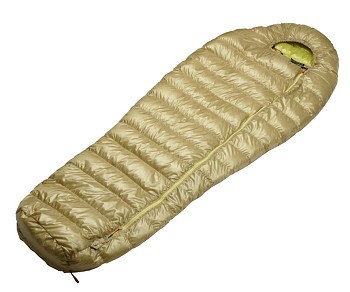
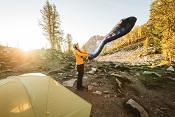
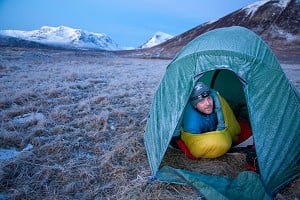
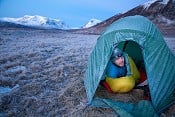
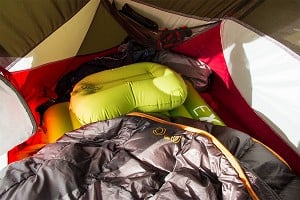
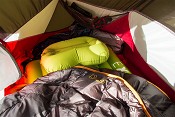
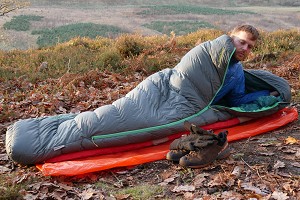
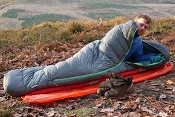



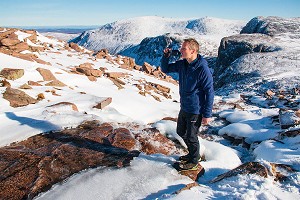
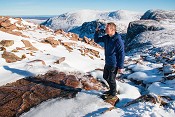
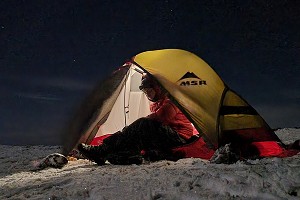
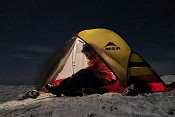
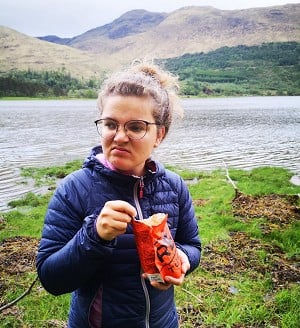
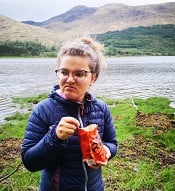
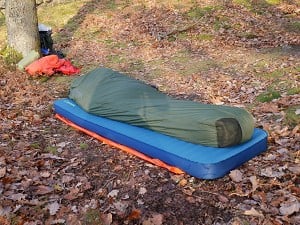
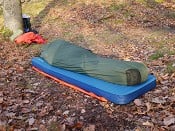
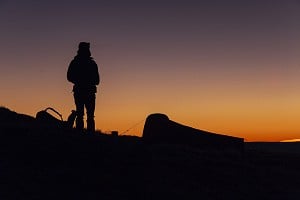

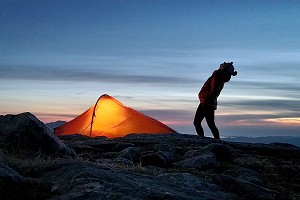
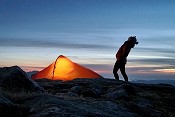
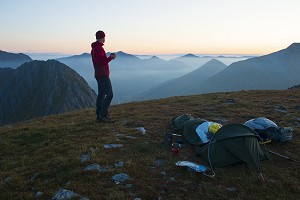


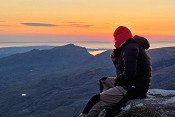
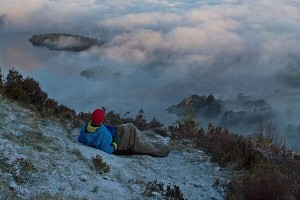
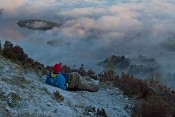
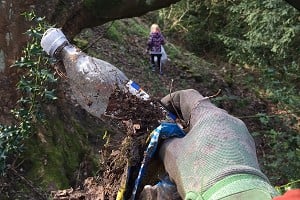
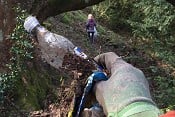
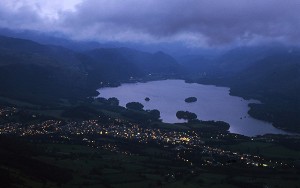

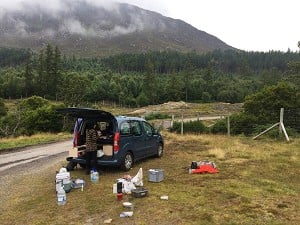
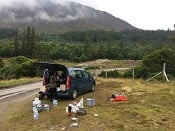
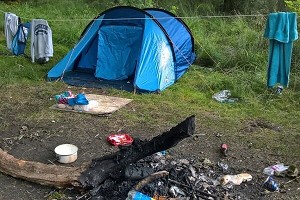
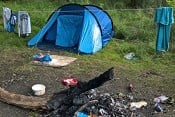
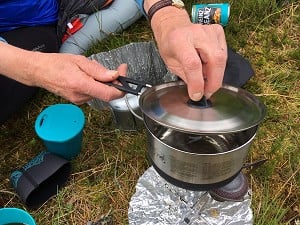
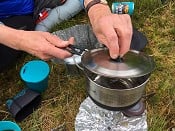
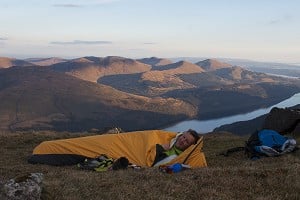
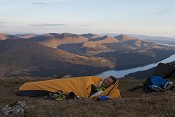
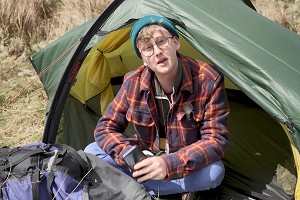

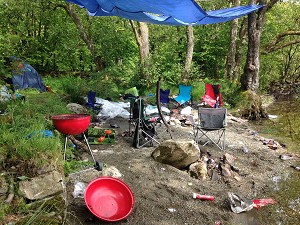

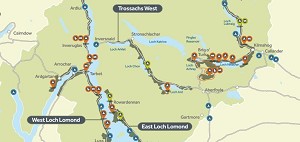



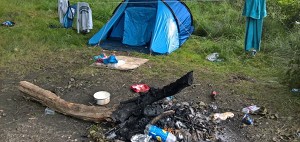

Comments